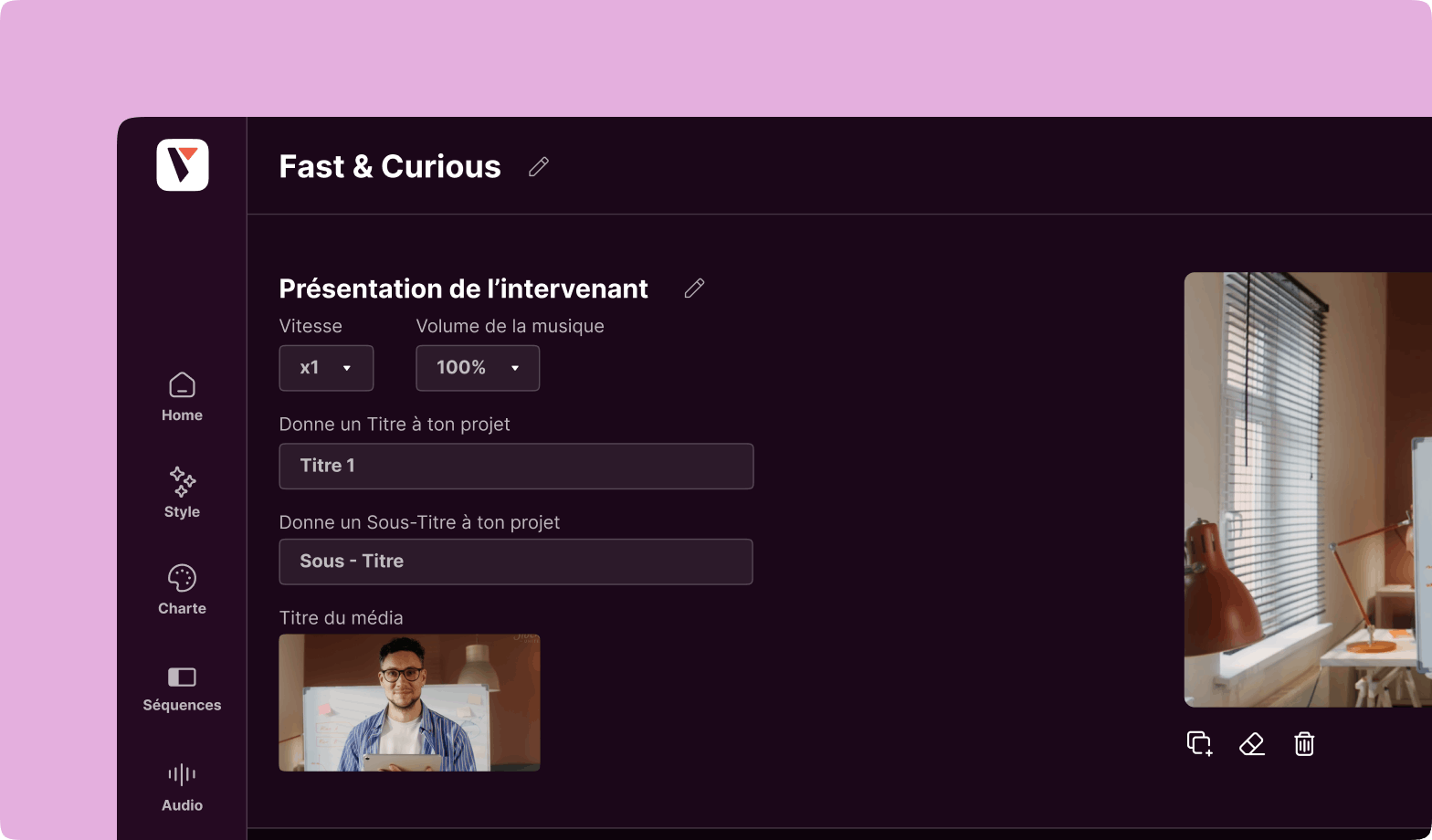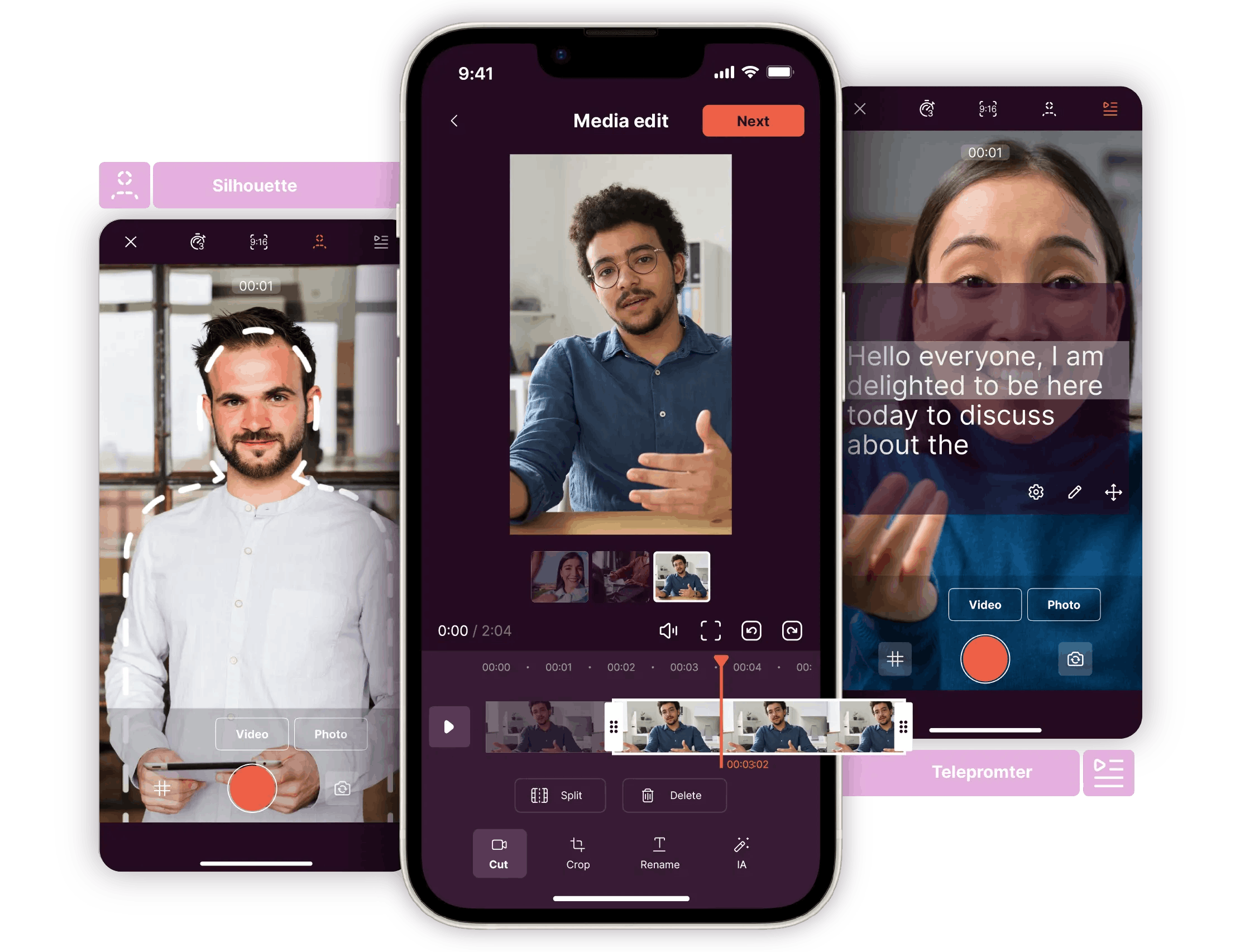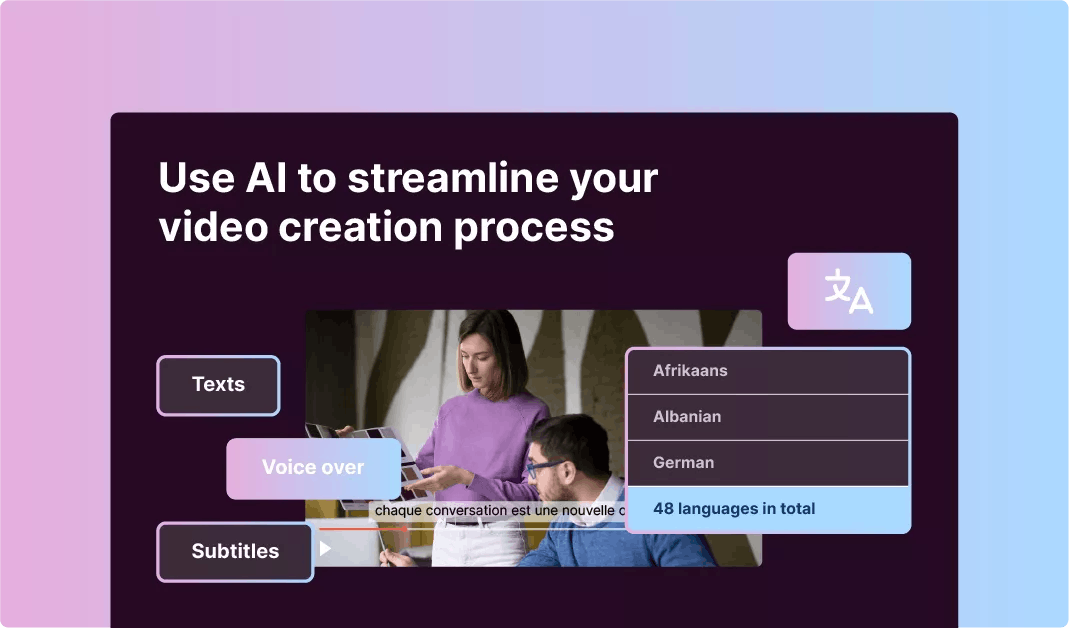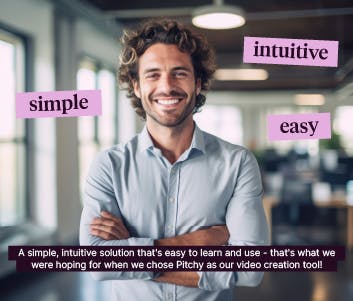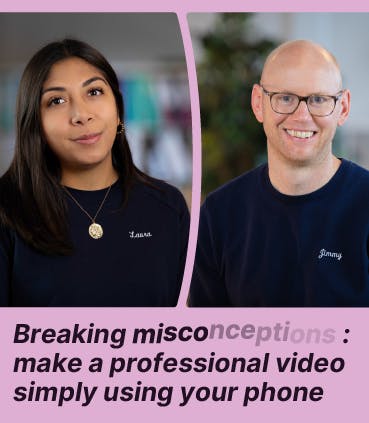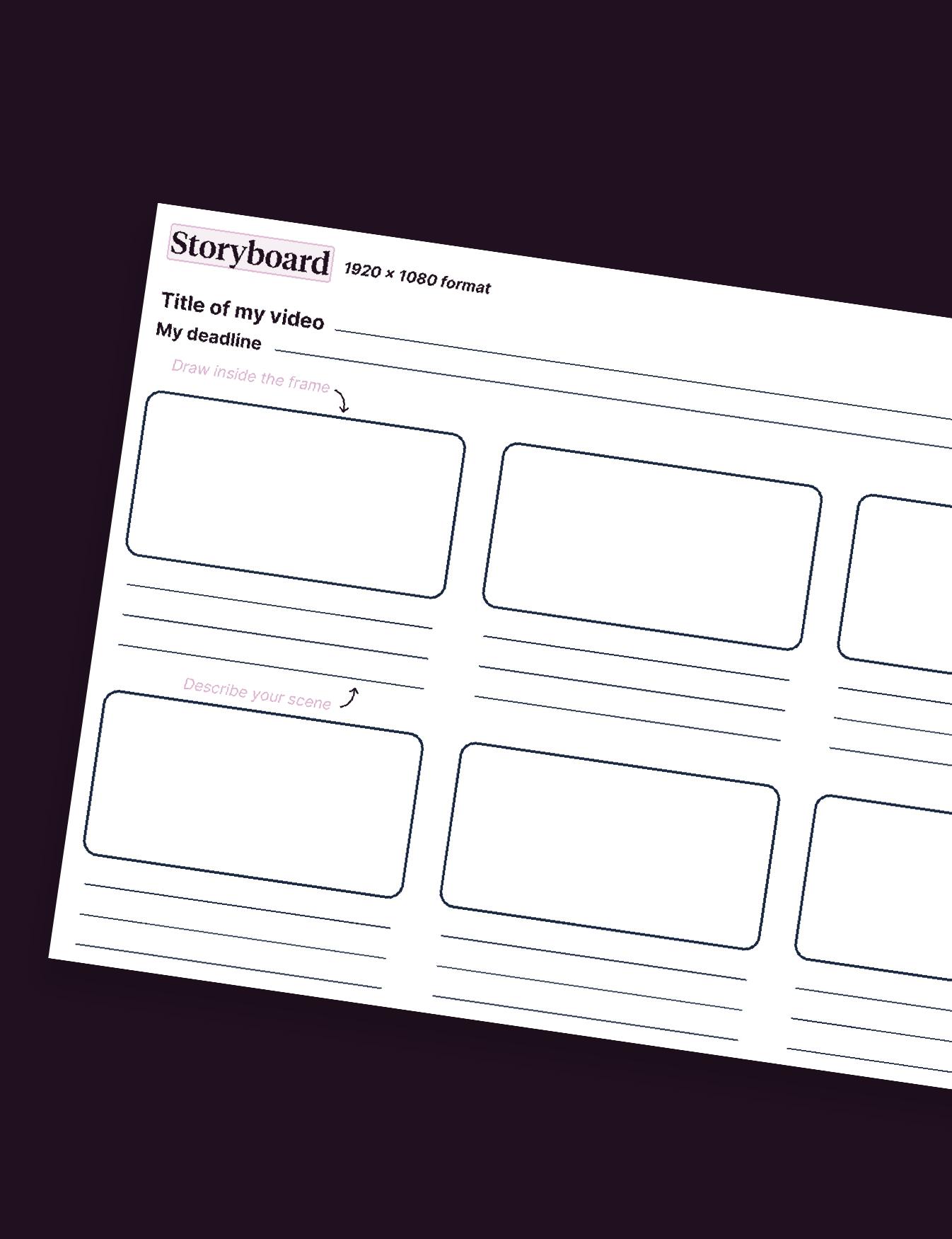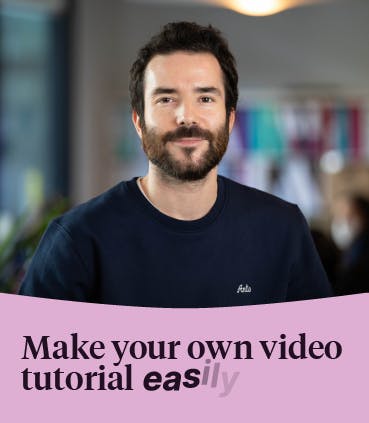[ZOOM #1] Corporate Video: How to Write a Script
![[ZOOM #1] Corporate Video: How to Write a Script](https://images.prismic.io/pitchy/YzQ5ZDk2Y2YtYzhlNy00ZWE2LWExOWYtZWIxNjYwZTQ1OGVi_zfgke0mnsf2shiw8_zoom-1-corporate-video-how-to-write-a-script_meta-image.jpgautoformatcompress?auto=compress%2Cformat&rect=0%2C0%2C1024%2C629&w=2048&fit=max)
ZOOM is our new custom-made event for Pitchy clients. It includes two main parts: a speech by an expert on a key topic of B to B video and an exchange between our clients and our team of customer success managers. Paul Prache, Director and founder of Wotan Studio, was our guest of honour for this first ZOOM. And for this first edition, Paul Prache tackled the following theme: “How to Write a Proper Script”.
Demystifying scripts
“We are in an image-based society where contents need to be delivered quickly and durably”, says the director. And this rule obviously applies to video.
Every video requires a script. “The script is as useful for a feature film as for an institutional film”, says Paul Prache, who insists that this toolbox needs to be demystified: “It’s a working tool and not a literary work that includes pages and pages written in typewriter typography.”
Indeed, the script is a medium that must speak to each stakeholder in the audiovisual project. It is a process involving anticipation and foresight, resulting in a list of materials, locations and lighting.
Scripts, a yardstick that must sometimes be disregarded
Your script is a set of instructions that integrates the means available and the pace.
In your video. Specifically, the script, as a support structure, explains the internal logic and the shots that are decided according to the division of your project: teaser, sequences, pace of the video, music, etc.
“Above all, the script is the yardstick for your project. It is a means of support to which we return at each stage of the project to determine if we are sticking to it or if we are moving away from the original intent. It is a guarantee of the consistency of your thought. The clearer it is, the more it will structure your project. But we must also be aware that there are always unplanned factors that can sometimes improve the project,” notes the founder of Wotan Studio.
Avoid disorganisation and wasting energy
The meaning is clear. Scripts are to be used as a set of specifications and a statement of intent. They indicate the location, the setting, the environment and the soundscape. And the logistics involved. “Do not underestimate the logistics of an audiovisual project. You must plan the accommodation for the team and transportation for people and materials. For corporate videos, enquire about the availability of the locations and instruct people on their performance in front of the camera”, insists Paul Prache. Human resources should not be neglected.
Once the technical skills required for filming have been acquired, companies also tend to minimise the importance of the script. “Who is going to speak?”, “How should this be said?” and “Who is going to say it?” are questions whose importance is sometimes minimised. “People always opt for John, the fun co-worker who does good oral presentations, when ultimately, it is not the ones who speak most fluently who are the best people to speak in front of a camera”, says Paul Prache.
The script must therefore include the dialogues and content of the video. The more precise these dialogues are, the more the person is instructed on the central message to be delivered, the higher the quality of the shots will be.
A trap to be avoided: working on bad material
“Nothing goes to waste” does not seem to be a saying that is applicable to video.
“You can use a shot without the sound and vice versa, the voice without the image. But the material must be of good quality. The trap to avoid is trying to improve material with sound or images that are completely unusable in the post-production phase”, he explains. In other words, make sure you get good shots, whatever they are. Hence the preparatory work involved in producing the script in order to obtain the most consistent rushes.
What to take away from this article:
In essence, your script will include:
- The central message you wish to convey
- The main and secondary themes
- The nature of your video: a short film, a video clip, a report, a documentary, an advert, a presentation, etc.
- The storyboard of your film according to the type of video, which will include your sequences and the resulting shots.
- The main characters, their dialogue, the setting, the decorations, the lighting, the atmosphere, the music
- The teaser and the end of your video
- Human resources
- Material logistics
Resources
